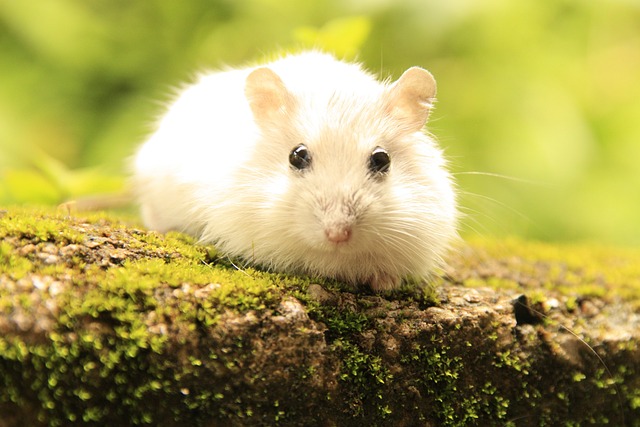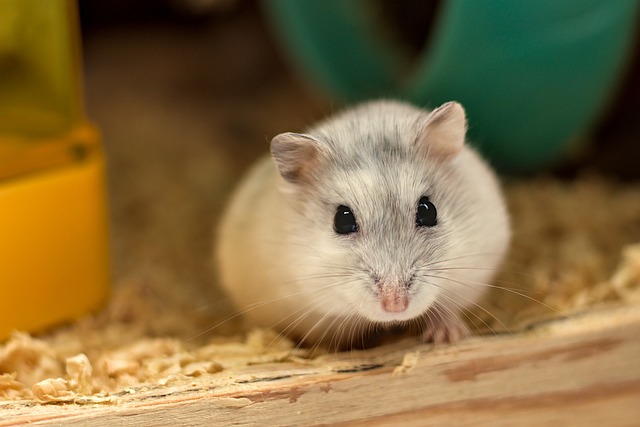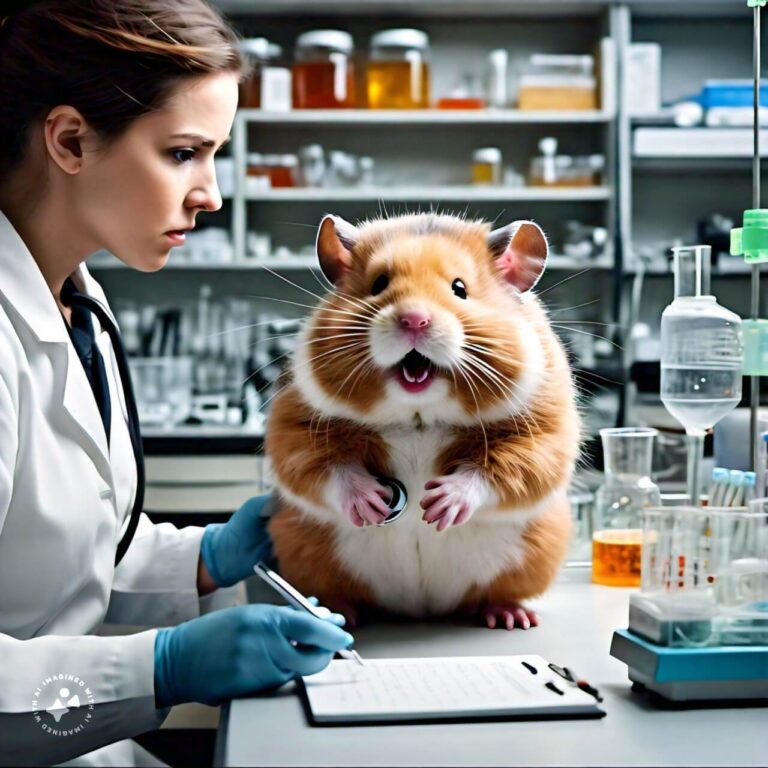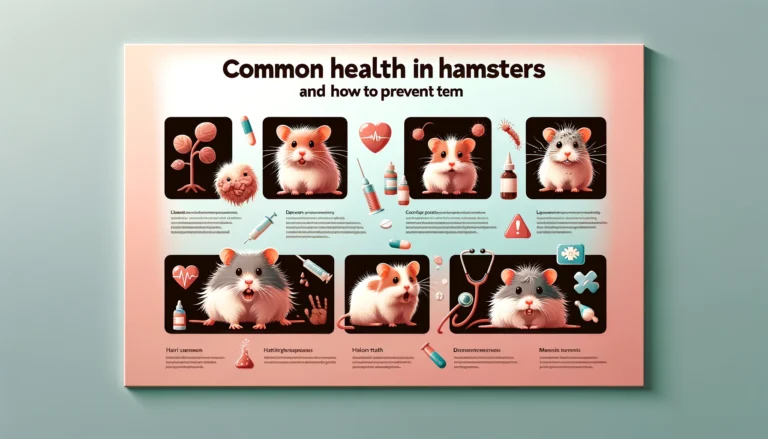Do You Know About Hamster Life Span – hamsters.pk
Unveiling the Mystery: How Long Do Hamsters Really Live?
Hamsters are beloved as cute and cuddly pets, ideal for individuals and families alike. But before bringing one of these furry friends home, it’s essential to understand their lifespan and how you can impact it. This article will delve into the typical life expectancy of hamsters and offer insights into factors that can extend or shorten their lives.
Understanding the Hamster Lifespan
Hamsters, depending on their breed, have varying lifespans. The most common types of hamsters kept as pets are the Syrian hamster, which typically lives for 2 to 3 years, and the Dwarf varieties—Roborovski, Campbell’s, and Winter White—which usually live between 1.5 to 2 years. The Roborovski Dwarf hamster, known for its diminutive size and speedy movements, can occasionally live up to 3 years in optimal conditions.
Factors That Influence Lifespan
Several factors contribute to how long your hamster will live. Genetics play a crucial role, but the care they receive is equally important.
- Diet and Nutrition: A balanced diet rich in vitamins and minerals can promote a longer life. Hamsters benefit from a mix of hamster pellets, fresh fruits, vegetables, and occasional treats like nuts or boiled eggs.
- Living Conditions: The size and cleanliness of a hamster’s cage, as well as the inclusion of enrichment items like wheels, tunnels, and chew toys, can significantly affect their quality of life and longevity.
- Regular Exercise: Hamsters need regular physical activity to prevent obesity and maintain cardiovascular health. An exercise wheel is a great addition to their cage to help them stay active.
- Veterinary Care: Regular check-ups with a veterinarian can help catch and treat health issues early, potentially extending your hamster’s life.
Common Health Issues in Hamsters
Hamsters are prone to certain health issues that can impact their lifespan. Some of the most common ailments include dental problems, respiratory infections, and tumors. Early detection and proper veterinary care can mitigate these health issues, contributing to a longer, healthier life.
- Dental Problems: Hamsters’ teeth grow continuously, and if they don’t wear down correctly, it can lead to eating difficulties and health problems.
- Respiratory Infections: These are common in hamsters, especially in dusty or damp environments. Maintaining a clean cage and proper bedding can help prevent these conditions.
Maximizing Your Hamster’s Lifespan
To ensure your hamster lives a full, happy life, consider the following tips:
- Choose the Right Breed: If longevity is a key factor for you, opt for breeds known for longer lifespans like the Roborovski Dwarf.
- Maintain a Healthy Environment: Keep the cage clean, dry, and free from drafts. Regularly change bedding and provide a stimulating environment.
- Focus on Nutrition: Feed high-quality pellets, fresh produce, and clean water. Avoid sugary or high-fat treats which can lead to health problems.
Understanding the lifespan of hamsters and the factors affecting their health can help you better prepare to care for your pet. By providing proper care, you can enjoy more quality time with your furry companion, ensuring they lead a long and happy life.
Factors That Influence Your Hamster’s Lifespan
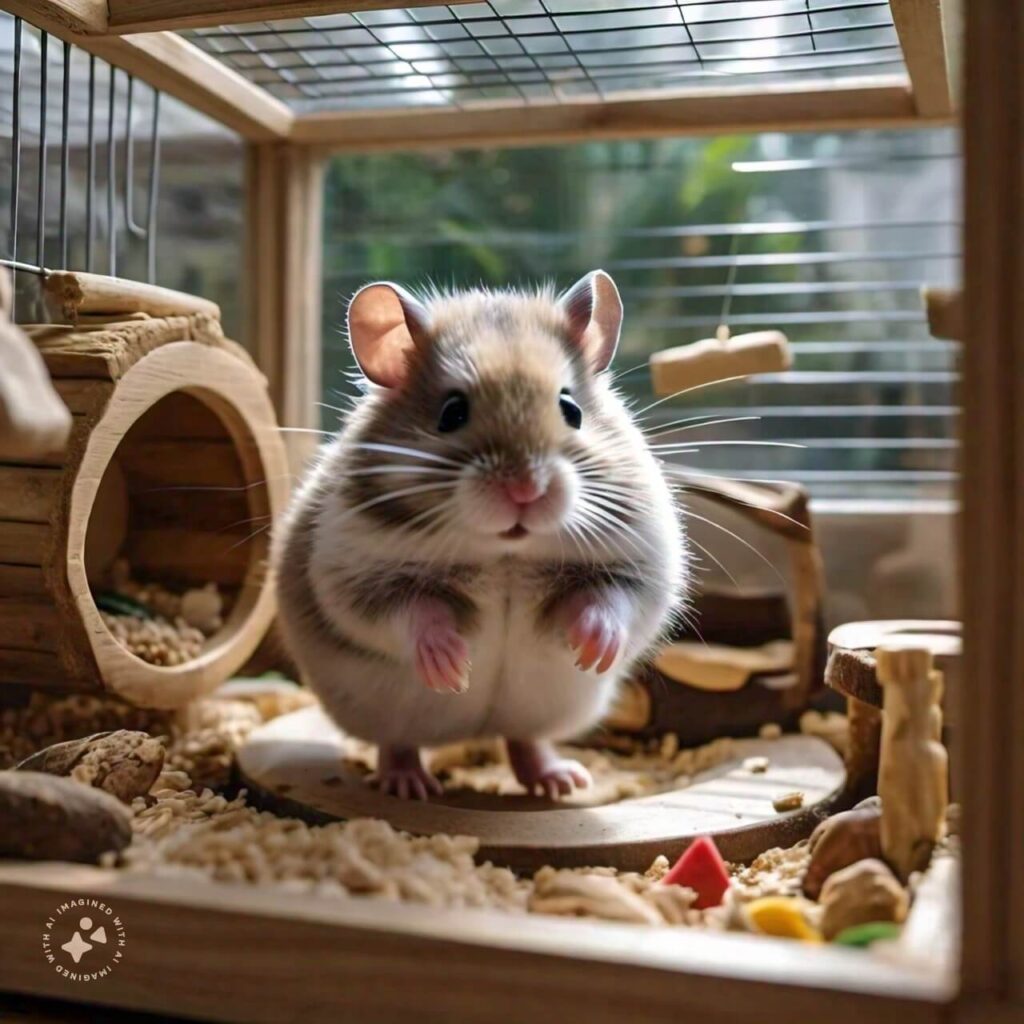
Hamsters are popular pets, beloved for their cuteness and relatively easy care requirements. However, many hamster owners don’t realize that several factors can significantly influence the lifespan of these small creatures. Understanding these can help you ensure a longer, healthier life for your furry friend.
Genetics and Species
The genetics of your hamster plays a crucial role in its overall lifespan. Different species of hamsters have varying life expectancies. For instance, the Syrian hamster typically lives for about 2 to 3 years, while Dwarf hamsters, like the Roborovski, often live slightly longer, averaging around 3 to 3.5 years. Genetic predispositions to certain health conditions also affect lifespan, meaning that a well-bred hamster is likely to live longer.
Diet and Nutrition
Just like in humans, a balanced diet is critical for hamsters. A diet that closely mimics what they would eat in the wild — consisting of grains, seeds, vegetables, and occasional protein like boiled eggs or mealworms — contributes to a healthier life. Overfeeding and providing a diet high in fat or sugar can lead to obesity and diabetes, significantly shortening a hamster’s lifespan.
Living Conditions
The environment you provide for your hamster affects its stress levels and overall health. Hamsters require a clean, spacious cage to explore, exercise, and sleep comfortably. Lack of space can lead to stress, obesity, and behavior problems, such as cage rage or bar chewing, which can detrimentally impact their health and shorten their lifespan.
Exercise and Enrichment
Exercise is vital for maintaining your hamster’s health. An exercise wheel, tunnels for burrowing, and toys can help keep your hamster active and mentally stimulated. Without regular exercise and mental stimulation, hamsters can develop health issues and psychological stress, both of which can reduce their lifespan.
Healthcare and Regular Check-ups
Regular veterinary care is essential for maintaining your hamster’s health. Early detection and treatment of common ailments like respiratory infections, tumors, and dental problems can significantly extend your pet’s life. Moreover, consulting a vet can provide you with tailored advice on caring for your specific hamster, considering its breed and health history.
By understanding and optimizing these factors, you can enhance your hamster’s quality of life and potentially increase its lifespan. Remember, the commitment to providing a nurturing environment for your hamster will ensure that your little companion thrives under your care.
From Birth to Twilight: The Complete Hamster Lifecycle
Hamsters, those small and often cuddly pets, are a favorite among animal lovers for their adorable antics and easy care requirements. Understanding the lifecycle of a hamster not only enhances our ability to care for them but also deepens our appreciation of these fascinating creatures. In this article, we’ll explore the journey of a hamster from birth to its twilight years.
Birth and Early Life
Hamsters begin their life in a litter ranging from four to twelve pups, although the average size is about six to eight. The newborns are incredibly tiny, hairless, and blind. During the initial weeks, they are entirely dependent on their mother for nourishment and warmth. At around two weeks, they start to develop fur and open their eyes, marking their first steps towards independence. This period is critical, and minimal human interference is advisable to avoid stressing the mother and babies.
Adolescence: Growing Up
By the third week, hamster pups become more adventurous and begin to explore their surroundings. This stage is crucial for social development, and it’s when they learn essential skills like foraging and nesting from their mother. At about four weeks of age, they are weaned and can start eating solid food, although they might still suckle from their mother occasionally. It’s also the time when hamsters can be separated from their mother and siblings if they are to be rehomed, ensuring each gets the appropriate care and space as they grow.
Adulthood: Prime of Life
Hamsters reach adulthood at about one month of age, and this is when they display peak levels of energy and curiosity. It’s essential to provide them with a stimulating environment that includes a wheel for exercise, chew toys for dental health, and tunnels for exploration. Adult hamsters require a balanced diet consisting of hamster pellets, fresh fruits, and vegetables to maintain their health. This phase lasts until they are about six to eight months old, after which they slowly start to show signs of aging.
Senior Years: Caring for an Aging Hamster
The lifespan of a hamster typically ranges from 18 to 36 months, depending on the breed and individual health. As they enter their senior years, usually around their first birthday, you might notice a decrease in activity levels. Older hamsters may develop health issues such as dental problems, arthritis, or obesity. It’s crucial to adjust their diet to suit their slower lifestyle and provide softer bedding to ease discomfort. Regular check-ups with a veterinarian can help manage any age-related health issues effectively.
End of Life
As hamsters approach the end of their life, they require more gentle care. They might spend more time sleeping and less time playing or running on their wheel. This stage requires patience and understanding from the owner, providing them with a comfortable, stress-free environment. Ensuring their habitat is warm and food and water are accessible is essential as their energy levels decline.
Understanding the hamster lifecycle from birth to twilight allows owners to provide the best possible care at every stage of their pet’s life. By catering to their changing needs, you can ensure that your furry friend lives a full, healthy life under your care.
Maximizing Health: Tips to Extend Your Hamster’s Lifespan
Hamsters are adorable and beloved small pets that bring joy to many households. However, their lifespan is relatively short, typically ranging from 2 to 3 years. As a pet owner, you might be wondering how you can extend this time and improve the quality of life for your furry friend. Here are some crucial tips that can help your hamster live a longer, healthier life.
Diet: Providing Nutritious and Balanced Meals
The foundation of good health for any animal, including hamsters, is a proper diet. Ensure your hamster’s daily food intake is balanced with a mix of hamster pellets, fresh fruits, and vegetables. Avoid sugary and high-fat treats. Also, always provide clean, fresh water. A well-balanced diet not only supports overall health but can prevent obesity and related health issues.
Exercise: Keeping Your Hamster Active
Exercise is vital for maintaining your hamster’s health. A lack of activity can lead to obesity and related health complications. Equip your hamster’s cage with a running wheel and tunnels that encourage movement. Additionally, occasional supervised time outside the cage in a hamster-safe playpen can also help keep your pet active and curious.
Environment: Ensuring a Safe and Comfortable Habitat
The living environment significantly affects your hamster’s wellbeing. Keep the cage in a quiet area away from direct sunlight, drafts, and noise. The cage should be spacious enough for exploration and exercise, with a bedding depth of at least 2 inches for burrowing. Regular cleaning of the cage to remove waste and uneaten food is crucial to prevent disease.
Healthcare: Regular Check-ups and Prompt Treatment of Illnesses
Regular health check-ups with a veterinarian who has experience with small animals can catch and prevent serious health issues. Be attentive to signs of illness in your hamster, such as lethargy, changes in eating habits, or unusual discharge from the eyes, ears, or nose. Early detection and treatment can be key in managing health issues and extending your hamster’s life.
Stress Reduction: Creating a Calm Environment
Hamsters can be sensitive to stress, which can adversely affect their health. Minimize loud noises, sudden movements, and other stressors around your pet. Handling your hamster gently and regularly can also help reduce stress and promote socialization.
By implementing these tips, you can help ensure that your hamster not only lives a longer life but also enjoys better overall health and happiness.




